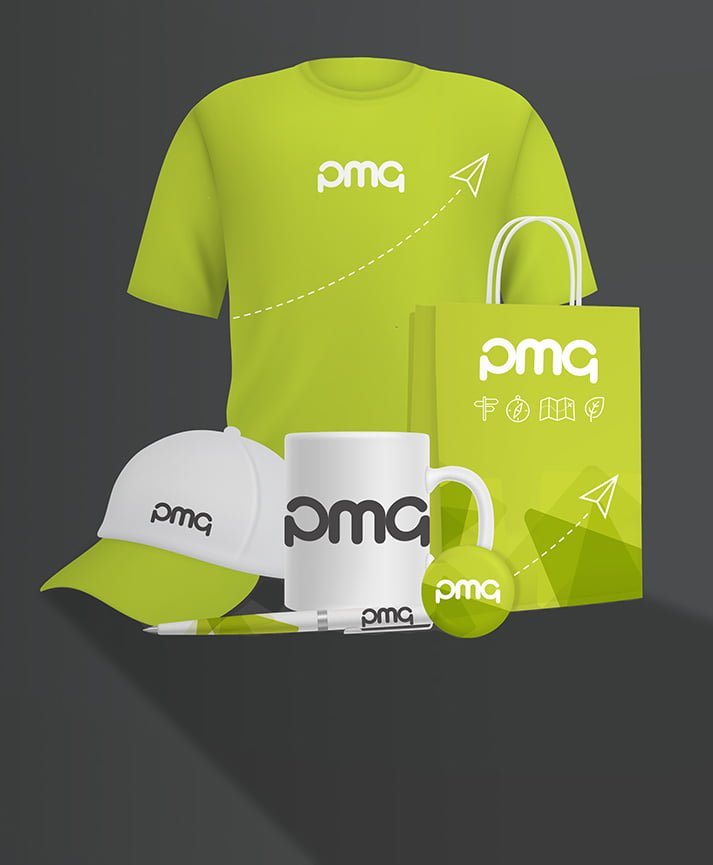
In a world where we seem to be reminded daily that the robots are coming for our jobs, it’s reassuring to know that creativity is hard to replicate with artificial intelligence.
Design is a critical part of the marketing process. It can be the thing that makes or breaks the impact, rendering the most beautiful or clever copy in the world useless because the audience doesn’t take the time to read the piece.
In an age where many people spend their days looking at computer screens its easy to assume that something which looks good on screen will look good in print. But that assumption couldn’t be further from the truth.
Designers really need to be print literate and able to understand what will happen when their digital designs are translated into ink on paper. Or better still, print-savvy – designing with the final printed product in mind.
So why is it important?
Saving time and money
A print-savvy designer will be able to save you money by specifying a product size which doesn’t waste paper – waste you have paid for which will end up being trimmed off and recycled.
They will understand how to create a digital piece of artwork which will not fail any of the pre-press checks, ensuring any design nuances seen on screen find it onto the page.
Ultimately, a print-savvy designer will create beautiful designs which deliver your brief, deliver value for money and look fantastic in print.
The difference between office printers and printing presses
Just as a design can look brighter or more vibrant on-screen than on paper, office printers used for your day to day printing needs can also show your designs in an exaggerated way. They can often show greater contrast in some areas and less contrast in others. They are seldom colour calibrated and may distort the colours you see.
Professional presses, meanwhile, are colour accurate and can reproduce the some of the finest detail. A great designer will be able to visualise your designs and interpret how to ensure they will convert accurately and look fabulous when printed professionally. Whilst printing off a copy of your design in the office can give you a rough idea of how it will look, it will not be until you receive the finished print that you will appreciate how important specialist design to print knowledge is. Often this will be too late.
What history can teach us
The proliferation of computers and digital printing means many people have forgotten printing’s roots.
When printing involved hand-carved letters coated with ink and physically pressed against the paper, designing for this process was always at the front of people’s minds. As technology has improved and taken us further away from the original process, it has been easy to forget that the production methods need to be considered during the design phase.
Trust the experts
The team in the PMG design studio bring together a wealth of knowledge to apply all these benefits to your printing. Working with you to understand your needs, we won’t blind you with print science, but we’ll make sure your finished product looks better than you ever imagined it could.
















































